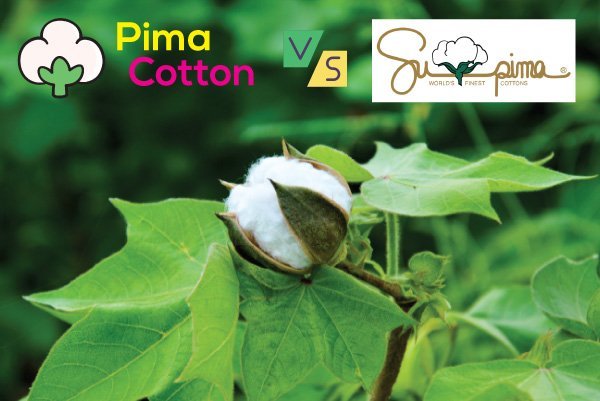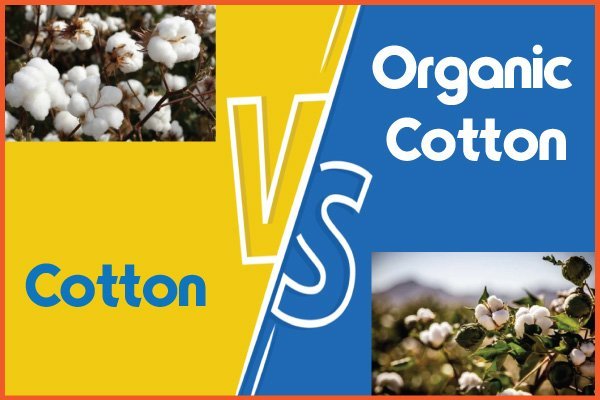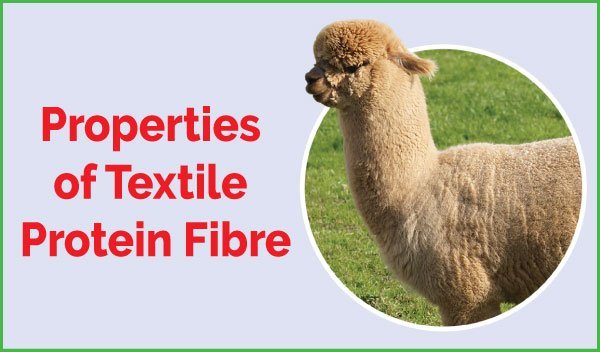Pima vs Supima Cotton: A Comparative Analysis
Last updated on December 22nd, 2025 at 06:47 pm
Pima cotton and Supima cotton are often interchangeably used in the textile industry. Pima is named after the Pima tribe in Arizona, where it was originally cultivated. It is recognized for its fineness and durability. On the other hand, Supima is a hybrid of Pima that maintains high-quality standards.
Many consumers know these names from the tags on their favorite shirts. But few understand the subtle differences between these two terms. So, consumers looking for the highest quality textiles and clothing must understand the differences between these premium cotton varieties.

Pima Cotton
Pima cotton, named after the Pima Native American tribe in Arizona, originated in the southwestern United States. It was cultivated in the early 20th century and gained popularity for its exceptional quality and long-staple fibres.
Supima Cotton
Supima cotton, a contraction of “superior Pima,” is a trademark term for Pima cotton grown exclusively in the United States. It was developed in the mid-20th century to meet the market demand for standard and high-quality cotton. In the textile industry, the development was considered a milestone.
Pima vs. Supima Cotton
Here are 10 interesting facts on Pima and Supima cotton:
- Origin: Both Pima and Supima cotton originated in the Americas, Pima from Peru and Supima from the southwestern United States. (Source: Textile Exchange)
- Rarity: Supima cotton is even rarer than Pima cotton, making up less than 1% of the world’s cotton production. (Source: Supima Association of America)
- Fiber Length: Supima boasts longer staple fibers (1.5 inches or more) compared to Pima cotton’s 1.3 to 1.4 inches, contributing to its superior strength and softness. (Source: California Cotton Growers Association)
- Micronaire: Measured in millionths of an inch, Supima cotton has a finer micronaire (3.5 or below) compared to Pima cotton (3.5 to 4.0), resulting in a smoother, silkier feel. (Source: Supima Association of America)
- Lustre: Supima cotton exhibits a higher level of lustre due to its finer fibers, giving it a beautiful natural sheen. (Source: The Spruce Crafts)
- Durability: Both Pima and Supima cotton are known for their exceptional durability, lasting longer and resisting pilling better than standard cotton. (Source: Textile Exchange)
- Dyeing: Supima cotton’s finer fibers allow for deeper, richer dye uptake, resulting in more vibrant and long-lasting colors. (Source: Supima Association of America)
- Wrinkle Resistance: Due to its longer fibers, Supima cotton offers superior wrinkle resistance compared to Pima cotton, requiring less ironing. (Source: California Cotton Growers Association)
- Sustainability: Both Pima and Supima cotton require less water and pesticides compared to standard cotton, making them more sustainable choices. (Source: Textile Exchange)
- Price: Due to its rarity and superior quality, Supima cotton typically commands a higher price point than Pima cotton. (Source: Everlane)
10 Key Differences between Pima and Supima Cotton
| Aspect | Pima Cotton | Supima Cotton |
| Definition | Type of cotton known for its long fibers. | Premium brand of American-grown Pima cotton. |
| Origin | Grown primarily in the United States, Peru, and Australia. | Strictly grown in the United States. |
| Fiber Length | Generally long fibers, but shorter than Supima, ranging from 1.3 to 1.4 inches. | Extra-long staple fibers, averaging 1.5 inches in length. |
| Strength | Strong, but not as strong as Supima. | Exceptionally strong due to longer fibers. |
| Softness | Soft and luxurious. | Softer than regular cotton, with a silky feel. |
| Durability | Durable, but less so than Supima. | Highly durable, withstands repeated washings. |
| Cultivation | Grown in various regions, but not limited to a specific area. | Exclusively grown in specific regions of the southwestern United States. |
| Production | Generally available in limited quantities. | Produced in smaller quantities due to strict quality standards. |
| Price | Lower priced compared to Supima. | Higher priced due to superior quality and limited supply. |
| Branding | No specific branding. | Registered trademark for certified products. |
A Comparative Analysis between Pima and Supima Cotton
Length and Strength
Pima cotton fibres are known for their extra-long staple length, typically 1.4 to 2 inches. This extended fibre length contributes to its strength, durability, and resistance to pilling, making it ideal for luxurious and long-lasting textiles.
On the other hand, Supima cotton possesses fibre characteristics similar to Pima cotton, including an equally impressive staple length. The primary distinction lies in Supima’s strict quality guidelines and genetic purity. It ensures consistent fibre length and strength across its production process.
Fineness and Softness
Both Pima and Supima cotton exhibit a fine and soft texture, providing a luxurious feel to fabrics. However, Supima cotton is renowned for its exceptional softness and luster. These properties are due to its superior fibre quality and careful cultivation methods.
Production and Cultivation
Pima cotton is cultivated in various regions worldwide, including the United States, Peru, and Australia. Its cultivation involves a long growing season and requires specific climate conditions, such as warm days and cool nights, to grow.
Supima cotton is exclusively grown in the United States, primarily in Arizona, California, New Mexico, and Texas. Its production process follows strict quality control measures and sustainable farming practices to maintain fibre integrity and purity.
Sustainability and Environmental Impact
Pima cotton farming practices vary in sustainability, depending on factors such as irrigation methods, pesticide use, and land management. Some producers may prioritize eco-friendly practices, but others rely on conventional farming techniques that are harmful to the environment.
Supima cotton production emphasizes sustainability and environmental responsibility. Supima growers employ organic farming methods, minimize water usage through drip irrigation systems, and implement crop rotation strategies to preserve soil health and biodiversity.
Cost and Availability
Pima cotton is widely available on the global market. Prices vary depending on fibre quality, origin, and processing methods. While it is generally considered a premium product, consumers can find a range of Pima cotton products to suit their budget.
Supima cotton products typically come with a higher price due to their superior quality, consistency, and certification requirements.
Usage and Applications
Pima cotton is widely used in apparel, bedding, and towels due to its versatility. Its long-staple fibres allow a variety of weaving and luxurious finished products.
Premium textile and clothing products are made from Supima cotton. Its superior softness, strength, and color retention make it an excellent choice for high-end apparel and home textiles.
Quality and Durability
Pima cotton’s long-staple fibres contribute to its exceptional quality and durability, ensuring that fabrics maintain their integrity and softness even after repeated washings. This longevity makes Pima cotton products a practical investment for consumers seeking lasting value.
Supima cotton’s stringent quality standards and genetic purity produce superior fabric performance and longevity. Garments and textiles made from Supima cotton exhibit excellent color retention, shape retention, and wear and tear resistance, providing consumers with long-lasting satisfaction.
Consumer Preferences and Market Trends
Consumers seeking luxury, comfort, and durability prefer Pima cotton. While it does not have the same brand recognition as Supima cotton, it is still appreciated for its quality and versatility.
Consumers choose Supima cotton due to its premium quality and sustainability. It’s great news that more consumers are becoming aware of Supima cotton. So, market demand and innovation are increasing for the products.
Wrap up,
While both Pima and Supima cotton offer exceptional quality and performance, Supima cotton stands out for its superior softness, consistency, and sustainability. As consumers become more aware of textile and clothing items, demand for premium cotton varieties like Supima is expected to rise.
Consumers can prioritize softness, durability, and environmental impact when choosing between Pima and Supima cotton products. It will enable them to make informed purchasing decisions. So, what sets Supima cotton apart from Pima cotton? Can you feel the difference in quality and softness?
FAQs
Is Supima cotton better than Pima cotton?
Supima cotton is often considered superior due to its stringent quality standards and genetic purity, resulting in softer, more consistent fibres.
Are Pima and Supima cotton the same?
While both Pima and Supima cotton share similar long-staple fibre characteristics, Supima cotton is a trademarked term for pima cotton grown exclusively in the United States and subject to strict quality control measures.
Why is Supima cotton more expensive?
Supima cotton commands a higher price due to its superior quality, consistency, and sustainability, as well as the cost associated with maintaining strict certification standards.
Which countries produce Pima cotton?
Pima cotton is cultivated in various regions worldwide, including the United States, Peru, and Australia.
What are the benefits of choosing Supima cotton products?
Supima cotton products offer exceptional softness, durability, and sustainability, making them a preferred choice for consumers seeking premium quality textiles.



